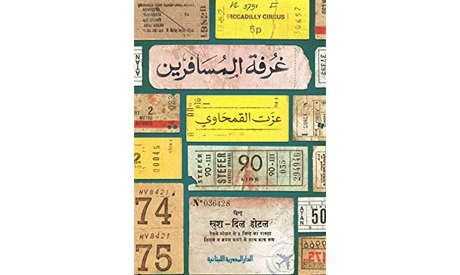
Ezzat Al-Kamhawi, Ghorfet Al-Mosafreen (Passengers’ Room)
This is a book of reflections on travel in the broadest sense. It is more than just a travel writing. Ezzat Al-Kamhawi who embarked on his career in writing in 1992 with his debut Madinat Al-Ladha (Pleasure City), combines his passion for writing and his passion for reading in this book, recalling the travels of The Thousand and One Nights. The book embraces the details of journeys starting from the bags that passengers carry, the types of travellers, the airport, its duty free shops and its bookshops and what a passenger can expect to find there, moving onto the hotels where a traveller might stay and how these details create a new experience for any person. The book takes stock of the various experiences involved in travelling and reading, and suggests ways to reach new levels and break new limits.
Al-Kamhawi is an Egyptian novelist and journalist who was born in 1961, and graduated from Cairo University’s Faculty of Mass Communications in 1983. He has published 14 books the latest of which was Ma Raah Sami Yacoub (What Sami Yacoub Saw) in 2019. In 2012, Al-Kamhawi received the Naguib Mahfouz Medal for Literature for his House of the Wolf.
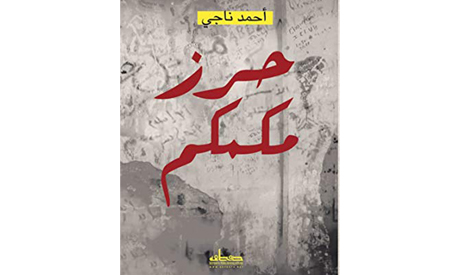
Ahmed Naji, Herz Mekamkem: Al-Qeraa wal Kettaba Dakhel Al-Segn (Rotten Evidence: Reading and Writing in Prison)
This a non-fiction book by novelist and journalist Ahmed Naji, coherently recalling his harsh experience in prison after being convicted of violating public morality following the publication of a chapter of his novel Estekhdam Al-Haya (The Use of Life) in a state magazine. Naji chose to start his book at the police station, where he was detained for days sleeping on the floor before the real journey began. Arriving in prison and waiting for the paper work entry process that involved being kept with nothing but his underwear, while some of his books were prevented from going inside with him: Patrick Modiano’s Des inconnues (Strangers) and Almog Behar’s Tchahle Vehezkel (Rachel and Ezekiel), translated by Nael Al-Toukhi, but the officer left him keep his black leather notebook after finding out he was a writer. Once in prison, he had to adapt to the new life and so reading and writing became one of his solutions. This book is a depiction of how Naji interpreted the prison experience through the old found book in the prison library Taha Hussein’s Together with Abi El Alaa in his Prison (1935), ironically the book seemed right for Naji at the time and the mutual raised questions of Naji and Hussein regarding whether it’s worth it to make such a sacrifice to write and spend your days in prison?
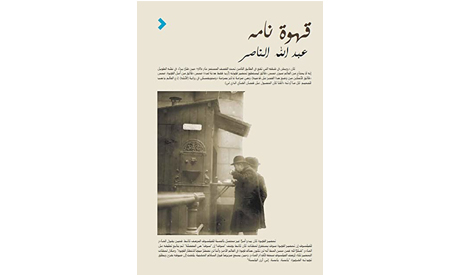
Abdallah Al-Nasser, Qahwa Nama: Marwiyat Al-Qahwa wal Nour (The Book of Coffee: Tales of Coffee and Light), Rewayat Publishing House/ Al-Karma Publishing House, 2020, pp221
Saudi author Abdallah Al-Nasser devotes this book to tracing the history of coffee and how coffee was a key player in history. He starts with its purported discovery by a chemist and Sufi adherent of the the Shazli tariqa in the Arabian Peninsula, named Jamaluddin, who realised that it could give religious devotees the stamina to stay awake and continue with their prayers for longer periods of time. Despite the fact that the discovery of coffee was attributed to religious men, it later became a revolutionary drink and inevitably also a symbol of capitalism, on other occasions also helping soldiers at war.
The first chapter of Al-Nasser’s book is a philosophical introduction recounting the adventures of those who first found the tastiest coffee beans and the sacrifices they made, climbing mountains, devising tests and learning the language of the monks who live there. In the second chapter, “Gulliver’s Bag”, the writer finds a bag that was left on the train in London belonging to man named Gulliver, which happened to contain a vast number of documents on coffee and drafts of a project about it. Al-Nasser says he made copies of everything in order to use it in his own book before returning the bag to its owner.
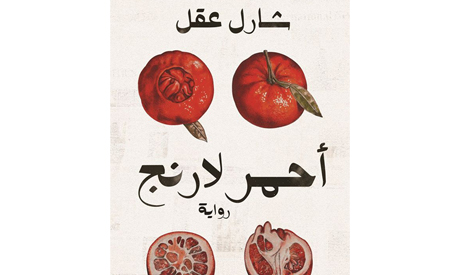
Charles Akl, Ahmar Lareng (Blood Oranges)
The hero of this novel is a man torn between careers in writing and music. It mixes surrealism with realism and acts as a virtual guide to the kind of jazz that flourished at the beginning of the 2000s in a postmodernist wave of music in Egypt. Launched by a group of experimental artists, this music ended up being lost in the gap that resulted from the transition from an analog to a digital music industry. It also offers a deep insight into the art scene in Egypt and the hidden talents and exceptional phenomena it contains, touching on many arts including belly dancing. It also illustrates the obstacles and predicaments of that scene and ways to overcome such problems, demonstrating the faith that it can work miracles.
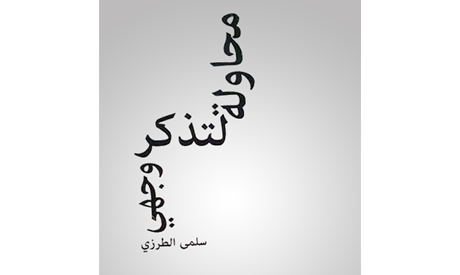
Salma Al-Tarzi, Mohawla Li Tazakor Waghi (An Attempt to Remember My Face), Al-Mashaa Al-Ibda3y, 2019, pp130
Filmmaker Salma Al-Tarzi chose to write for once, and the result is hard to categorise. It is neither a novel nor a graphic novel even though it has less text than imagery. It is also not poetry, and it is written entirely in Egyptian Arabic dialect. It is made up of drawings and illustrations as well as text, and relies on graphic and typographic innovation to approach the topic of the death of Al-Tarzi’s mother at a relatively early age. Al-Tarzi reflects on the loss of her mother, their life as a family including all the small details, looking into the hidden traits of every family member. She recalls her childhood, her brother, her parents and their traditions in the house. She also describes her mother’s chronic asthma and how they were used to it as a constant occasion. Al-Tarzi’s predicament lies in the draw of death and how, her complex feelings about it and the alienation she feels as a result of her obsession with it. She even shares her thorough assessment of various methods of suicide, which she compares for brutality as a positive characteristic as much as anything.
Article originally published on el english.ahram.org.eg
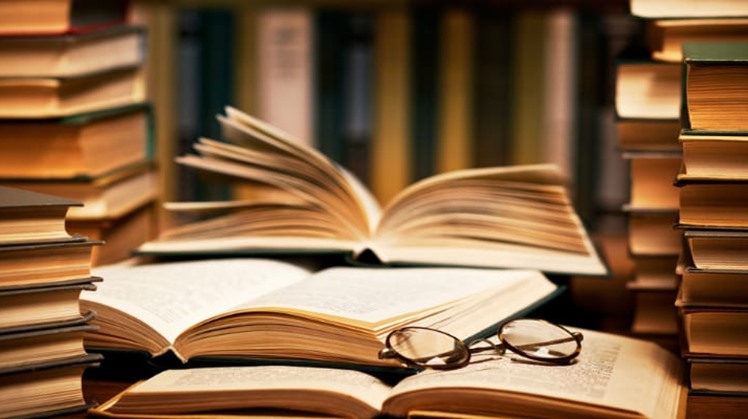 Thu, Mar. 26, 2020
Thu, Mar. 26, 2020




